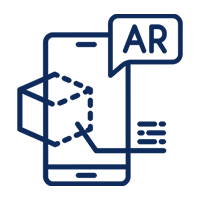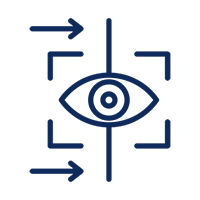Creating AR filters for marketing
Augmented reality (AR) filters are digital effects that overlay images or videos on a user's camera, creating an immersive and interactive experience. AR filters can be used for various purposes, such as entertainment, education, social media, gaming, and marketing.
AR For Marketing
Marketing is one of the most popular and effective applications of AR filters, as they can help brands to increase awareness, engagement, conversion, and loyalty among their target audiences. AR filters can also provide valuable insights into user behavior, preferences, and feedback.













